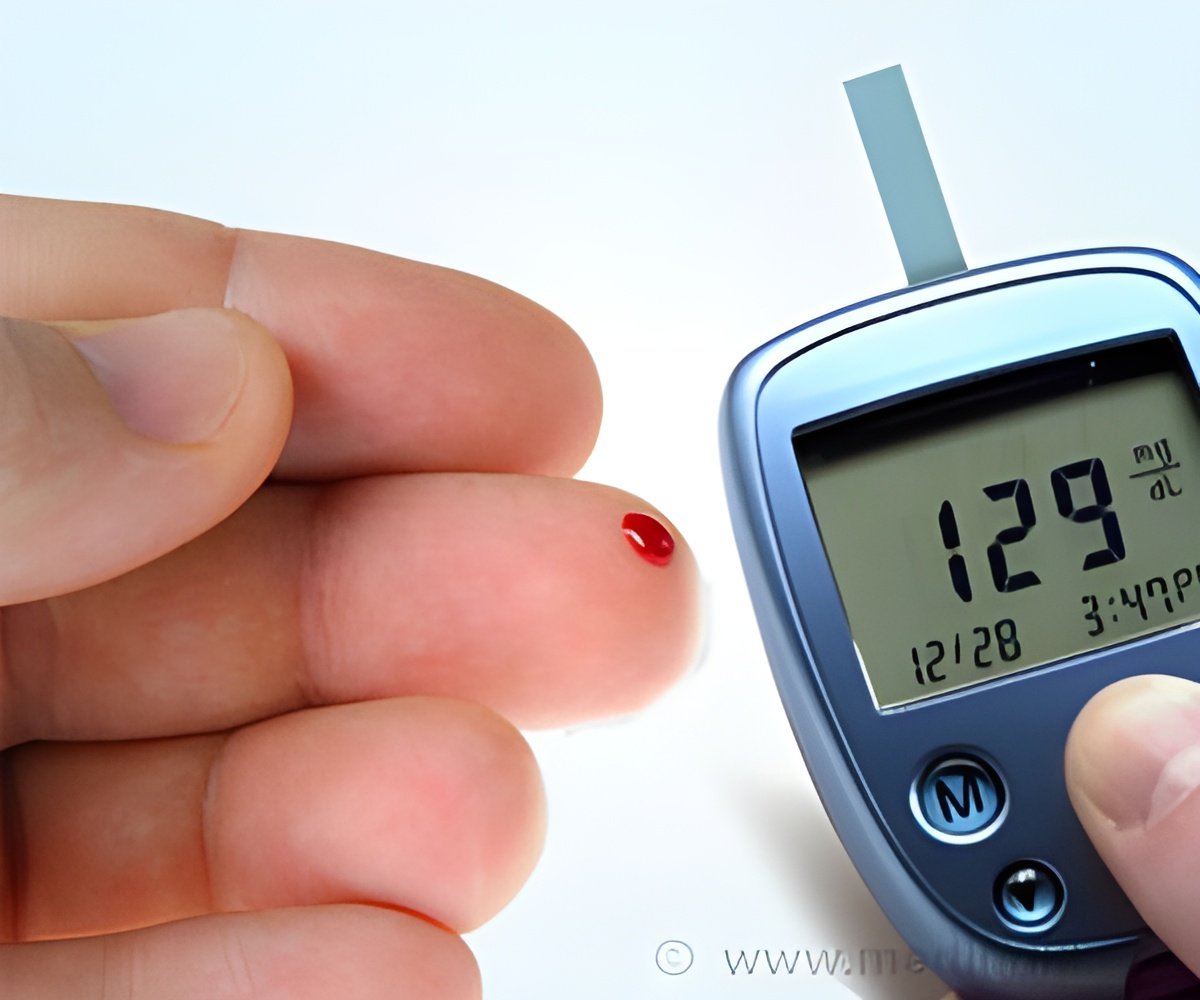The association between body iron and impaired glucose metabolism was strongest among people in prediabetes states.

‘Excess iron in the body promotes the release of free radicals that damage the secretory capacity of beta cells of pancreas to produce insulin and decreases insulin sensitivity in peripheral tissues and organs involved in glucose metabolism.’





In addition, a gender difference was observed in the risk and prevalence of type 2 diabetes, to some extent due to different body iron accumulation between men and women. Men had 61% higher prevalence and 46% increased risk of developing type 2 diabetes when compared to women. At comparable age groups, men were found to accumulate more iron than women, and iron explained about two-fifths and one-fifth of the gender difference in type 2 diabetes prevalence and incidence respectively.
Body iron predicted the risk of type 2 diabetes. There was a slight variation in the risk of type 2 diabetes over a wide range of serum ferritin (sF) concentrations that reflect body iron stores, with a marked increase in the risk observed at high normal range of sF concentrations in men (>185 μg/L).
However, iron depletion toward deficiency as reflected by serum-soluble transferrin receptor concentrations did not offer protection against type 2 diabetes; rather, there was a U-shaped type of association between iron stores and the risk of type 2 diabetes which showed that the risk was lowest on moderate levels.
"Hence, a safe range of body iron stores in men with regard to the risk of type 2 diabetes may be 30-200 μg/L of serum ferritin," Dr Aregbesola says. The association between body iron and impaired glucose metabolism was strongest among people in prediabetes states.
Advertisement
However, it is harmful when stored in excess in the body. It promotes the release of free radicals that damage the secretory capacity of beta cells of pancreas to produce insulin. It also decreases insulin sensitivity in peripheral tissues and organs involved in glucose metabolism.
Advertisement
"This study provides a new body of evidence that mildly elevated body iron is an important risk factor of glucose metabolism derangement, which contributes to the increase in the prevalence and incidence of type 2 diabetes," Dr Aregbesola concludes.
Source-Eurekalert















